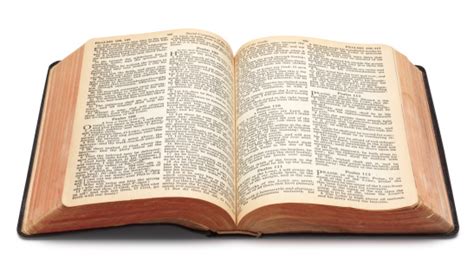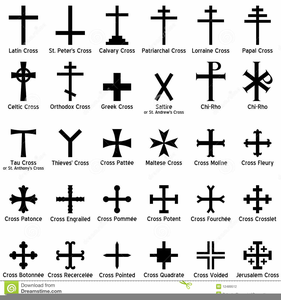C
CherubRam
Guest
In my neck of the woods, being nailed to a cross is not considered good luck.
How does it work in your neck of the woods?
Strange stuff, here.
Stauros (σταυρός) is a Greek word for a stake. A army stauros is a "LINE" of defense.
The words "cross" and "crucify" are mistranslations, a "later rendering," of the Greek words stauros and stauroo. According to Vine's Expository Dictionary of New Testament Words, STAUROS denotes, primarily, an upright pole or stake. The shape of the two-beamed cross had its origin in ancient Chaldea and was used as the symbol of the god Tammuz. In the third century A.D., pagans were received into the apostate ecclesiastical system and were permitted largely to retain their pagan signs and symbols.
According to The Companion Bible, crosses were used as symbols of the Babylonian Sun-god. The evidence is complete; the Lord was put to death upon an upright stake, not on two pieces of timber placed at an angle.
According to Encyclopaedia Britannica, in the Egyptian churches the cross was a pagan symbol of life borrowed by the Christians and interpreted in the pagan manner.
According to Greek dictionaries and lexicons, the primary meaning of stauros is an upright pale, pole, or stake. The secondary meaning of "cross" is admitted to be a "later" rendering. In spite of the evidence, almost all common versions of the Scriptures persist with the Latin Vulgate's crux (meaning cross) as the rendering of the Greek stauros.
The most accepted reason for the "cross" being brought into Messianic worship is Constantine's famous vision of "the cross superimposed on the sun" in A.D. 312. What he saw is nowhere to be found in Scripture. Even after his so-called "conversion," his coins showed an even-armed cross as a symbol for the Sun-god. Many scholars have doubted the "conversion" of Constantine because of the wicked deeds that he did afterwards.
After Constantine had the "vision of the cross," he promoted another variety of the cross, the Chi-Rho or Labarum. This has been explained as representing the first letters of the name Christos (CH and R, or, in Greek, X and P). The identical symbols were found as inscriptions on rock, dating from ca. 2500 B.C., being interpreted as "a combination of the two Sun-symbols." Another proof of its pagan origin is that the identical symbol was found on a coin of Ptolemeus III from 247-222 B.C.
According to An Illustrated Encyclopedia of Traditional Symbols, the labarum was also an emblem of the Chaldean sky-god. Emperor Constantine adopted the labarum as the imperial ensign. According to Dictionary of Mythology Folklore and Symbols, the symbol was in use long before Christianity. Chi probably stood for Great Fire or Sun. Rho probably stood for Pater or Patah (Father). The word labarum yields "everlasting Father Sun."



